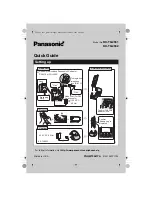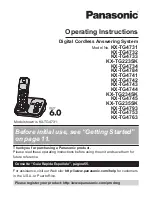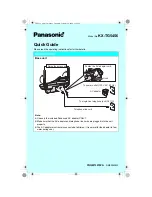
Dexter Power
19
EN
Original Instructions
optimum cutting speed first perform test cuts on offcuts of the workpiece to be cut.
Rotate the speed controller, located at the back of the jigsaw to set the blade speed. Position
“MIN” denotes the lowest speed.
Position “MAX” deno
tes the highest speed.
Pendulum lever
Fig.8
The pendulum lever has four positions. The first position selects normal cutting without pendulum action. The positions (1, 2 and3)
cause the blade to swing slightly backwards and forwards as it cuts. This pendulum action increases the efficiency of cutting, set
the pendulum lever to one of the three settings (1, 2 or 3) according to degree of pendulum action required.
Experiment on a piece of scrap material to determine the optimum pendulum action setting for the material of the work piece.
Recommendations (non-committal)
-
No pendulum action for: cutting sheet metal, plastic sheets; very fine cutting edges
-
Low pendulum action for: cutting hard wood, plastics; fine cutting edges on wood
-
Max. pendulum action for: cutting wood; if no fine cutting edges required
General cutting
Ensure that the blade is the correct type for the application and that the length extends through the workpiece on the upstroke
of the cut.
1. Determine how the jigsaw is best configured for the job and make the required adjustment.
2. Switch on the jig saw and allow the blade to reach maximum speed.
3. Slowly guide the jig saw forward, building up speed as you go, keeping the shoe plate at against the workpiece.
NOTE:
Do not force the jig saw. Use only enough pressure to keep the blade cutting. Do not force the cutting; allow the blade
and the saw to do the work.
Metal cutting
1. When cutting metal ALWAYS clamp down the metal workpiece.
2. Be extremely careful to move the saw very slowly as you cut. Use slower speeds. DO NOT twist, bend or force the blade.
3. When cutting metals, suitable cooling/cutting oil must be used. Squirt the lubricant onto the blade or workpiece at regular
intervals during cutting in order to reduce wear on the blade.
4. If the saw jumps or bounces as you cut, change to a blade with finer teeth.
5. If the blade begins to clog when cutting soft metal, change to a blade with coarser teeth.
6. For easier cutting, lubricate the blade with a stick of cutting wax (if available) or cutting oil when cutting steel.
7. Thin metal should be sandwiched between two pieces of wood or tightly clamped on a single piece of wood (wood on top of
the metal). Draw the cut lines or design on the top piece of wood.
8. When cutting aluminum extrusion or angle iron, clamp the work in a bench vice and saw close to the vice jaws.
9. When sawing tubing with a diameter larger than the blade is deep, cut through the wall of the tubing and then insert the
blade into the cut, rotating the tube as you saw.
5. SERVICE & MAINTENANCE
Always disconnect the device before performing any adjustment or maintenance operation. If the supply cord is damaged,
it must be replaced by the manufacturer or its service agent in order to avoid a hazard.
Disconnect from the power supply immediately if the supply cord is damaged. Take care not to expose this tool to the rain.
If the carbon brushes need to be replaced, have this done by a qualified repair person (always replace the two brushes at the
same time)
Summary of Contents for NC600JS
Page 3: ...Dexter Power 3 Original Instructions Fig 7 Fig 8...
Page 12: ...TRADU O DAS INSTRU ES ORIGINAIS 12 Dexter Power PT...
Page 21: ...Dexter Power 21 EN Original Instructions...
Page 23: ......
Page 24: ......






































